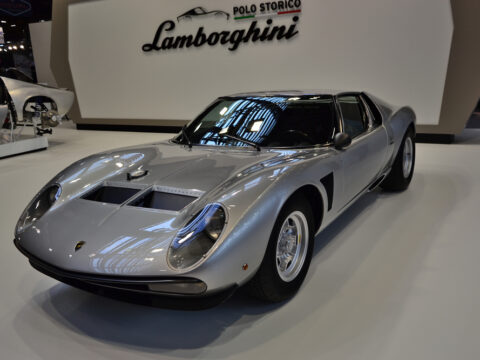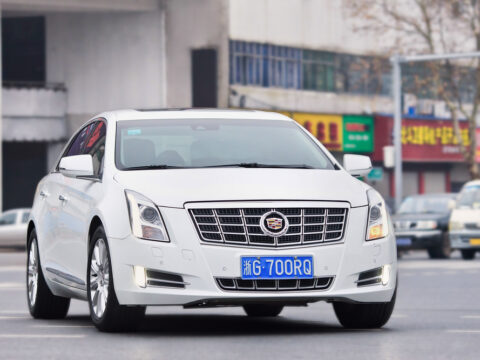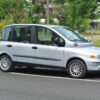Motorcycles often come with high expectations, especially when they’re backed by iconic brands or boast revolutionary engineering. Some models arrive with promises of transforming the industry, showcasing cutting-edge designs, high-performance engines, or unique features. However, despite the initial excitement, not all motorcycles manage to deliver. Whether it’s due to mechanical issues, poor design choices, or a failure to resonate with their target audience, many of these bikes fall short of their initial promise.
From innovative concepts that pushed too far ahead of their time to models plagued by reliability concerns, several motorcycles missed the mark after their launch. Despite generating buzz early on, they struggled to find a foothold in the market. While a few have since earned a niche following among collectors and enthusiasts, their stories serve as a reminder that even the most ambitious machines can face challenges in living up to their potential.
Contents
Harley-Davidson V-Rod
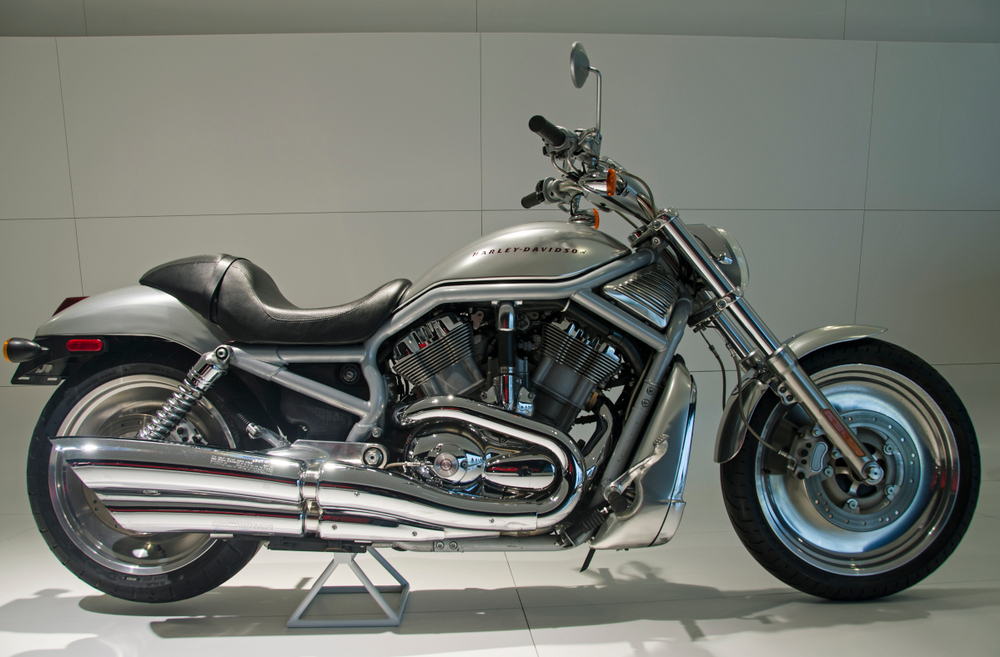
The V-Rod was an ambitious project for Harley-Davidson, aimed at blending the brand’s classic cruiser identity with modern, performance-oriented engineering. Despite its powerful Porsche-designed engine, the bike faced criticism for deviating too far from Harley’s traditional styling. It lacked the signature rumble Harley fans adored and, despite being well-engineered, struggled to appeal to the brand’s core audience. Its aggressive looks and high price tag also alienated more traditional cruiser enthusiasts, leading to disappointing sales.
Honda Rune
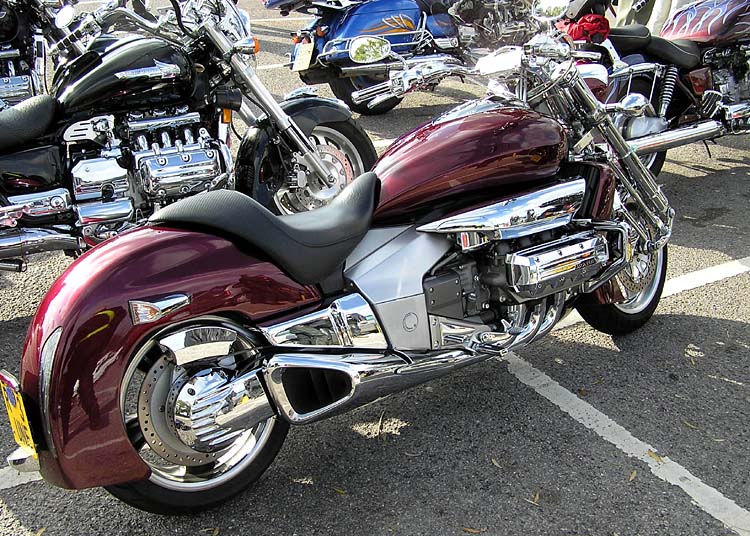
The Honda Rune was a bold attempt by the Japanese manufacturer to create a high-end, futuristic cruiser. With its unique, almost concept-bike design and a massive 1,832cc flat-six engine, it had high aspirations. However, the Rune’s extravagant price and unconventional design choices failed to resonate with traditional cruiser buyers. Its limited production and niche appeal, combined with a high cost that deterred potential buyers, left it as more of a showroom piece than a practical motorcycle.
Suzuki TL1000S
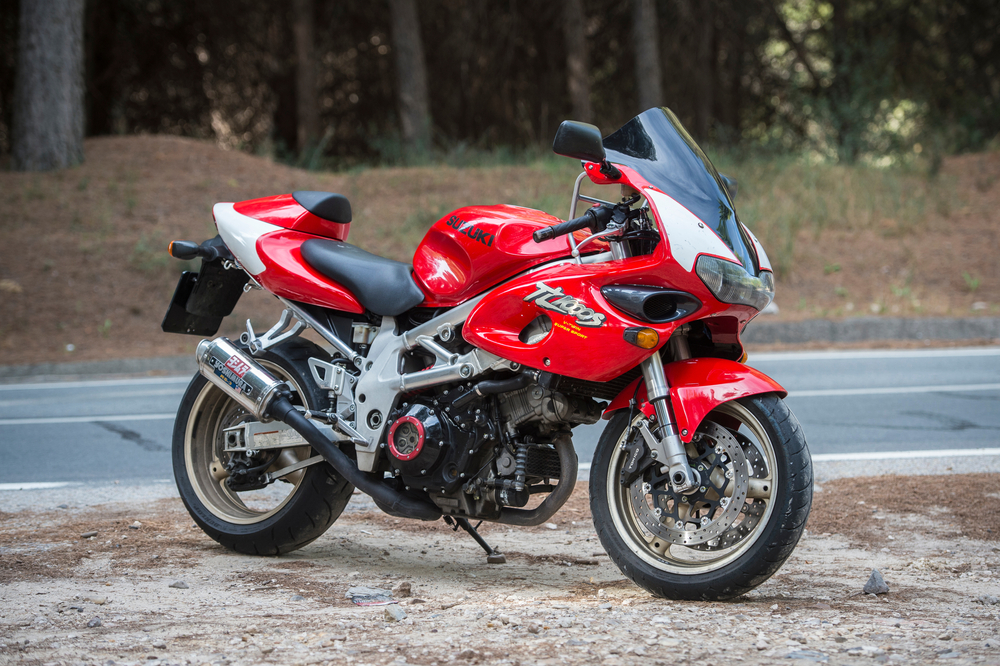
The TL1000S was Suzuki’s entry into the V-twin sportbike market, intended to compete with Ducati. Although it featured a powerful engine, the bike’s overly aggressive power delivery and an infamous rear suspension design made it difficult to control. Its rotary damper caused unpredictable handling issues, leading to safety concerns and recalls. Despite early excitement, these mechanical flaws earned the TL1000S a poor reputation, preventing it from achieving the legendary status Suzuki had hoped for.
Buell 1125R
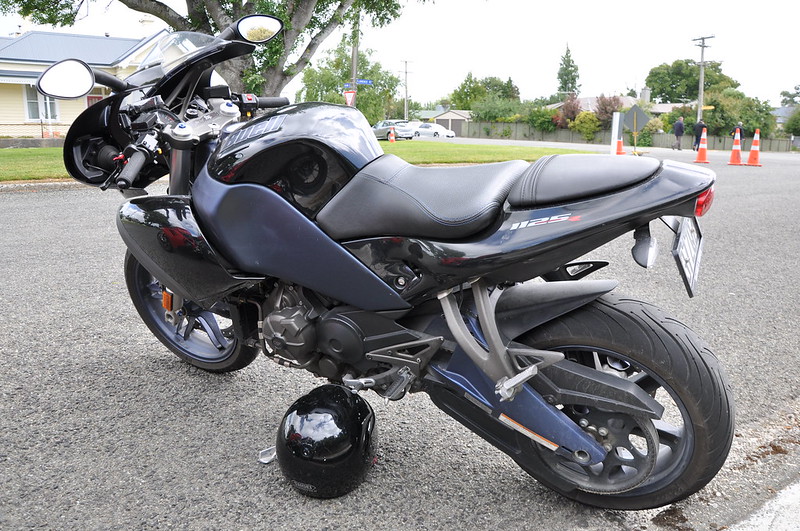
The Buell 1125R was meant to be a revolution for the American motorcycle company, breaking away from Harley-Davidson’s engines with a liquid-cooled Rotax engine. While it promised performance, it suffered from major reliability issues, including overheating problems and fueling issues. Furthermore, the bike’s design lacked the refinement of its European and Japanese competitors, and Buell’s eventual dissolution left the 1125R with a short and troubled life in the marketplace.
Ducati 999
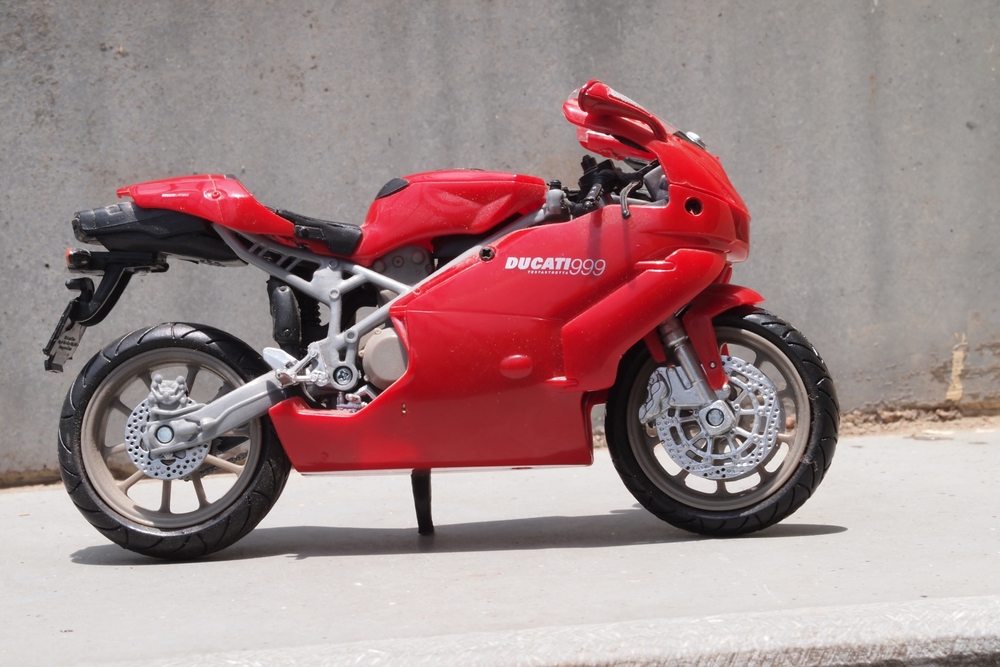
Ducati’s 999 was a polarizing bike when it was introduced as the successor to the iconic 916. The controversial styling, with angular lines and a departure from the classic Ducati look, alienated many die-hard fans. Although it was successful on the race track, its sales never matched those of its predecessor. The design simply didn’t resonate with Ducati’s fan base, and it was quickly replaced by the more universally admired 1098.
Yamaha GTS1000
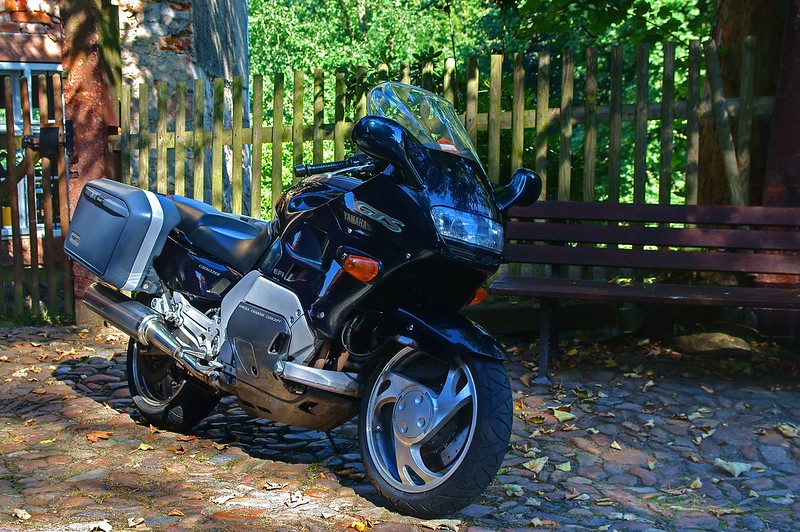
The Yamaha GTS1000 was a technical marvel with its innovative single-sided front suspension and high-tech features. However, the high cost of production and its complicated design deterred buyers. The bike’s advanced engineering didn’t translate into better handling or performance compared to its more conventional competitors. As a result, it was viewed as over-engineered and overpriced, and sales never took off.
BMW K1
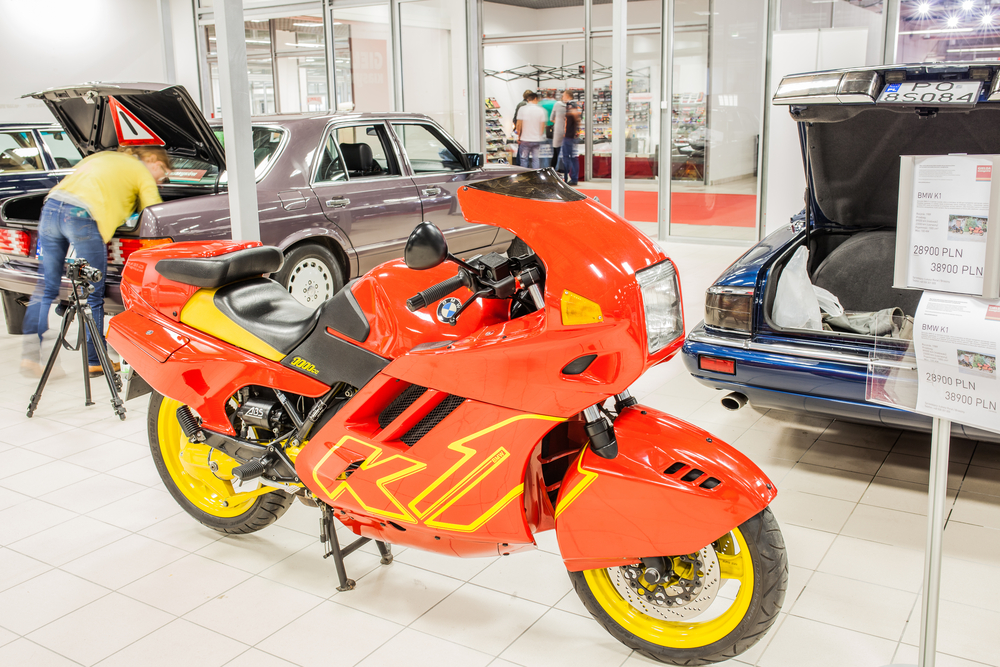
The BMW K1 was an ambitious attempt by BMW to break into the sportbike market with a fully faired, aerodynamic design. Its unconventional looks, however, were not well-received, and its performance failed to match the aggressive aesthetics. The K1 was also hindered by its heavy weight, which detracted from its sporting intentions. Despite BMW’s strong engineering, the K1 never caught on with sportbike enthusiasts and became more of a curiosity than a true legend.
Honda DN-01
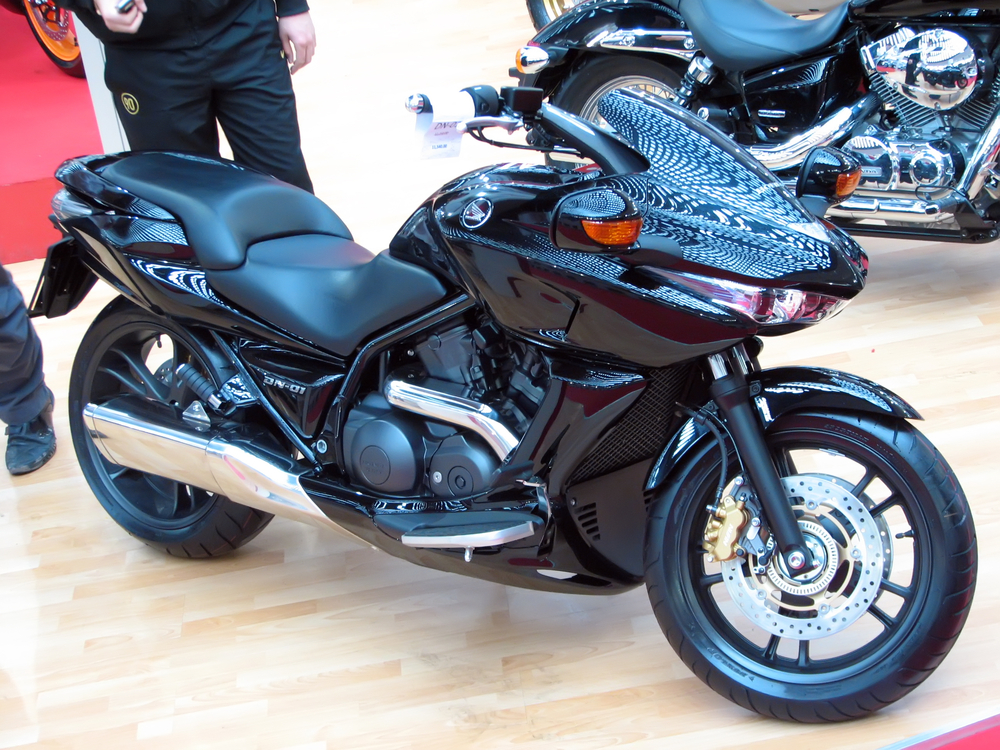
The Honda DN-01 aimed to blend the comfort of a cruiser with the automatic transmission of a scooter, but the result was a confusing mix that didn’t appeal to either market. Its futuristic design, combined with the hefty price tag, didn’t resonate with traditional motorcyclists or scooter riders. The performance was lackluster, and the riding experience didn’t justify the cost, leading to poor sales and a quick exit from the market.
Norton Commando 961
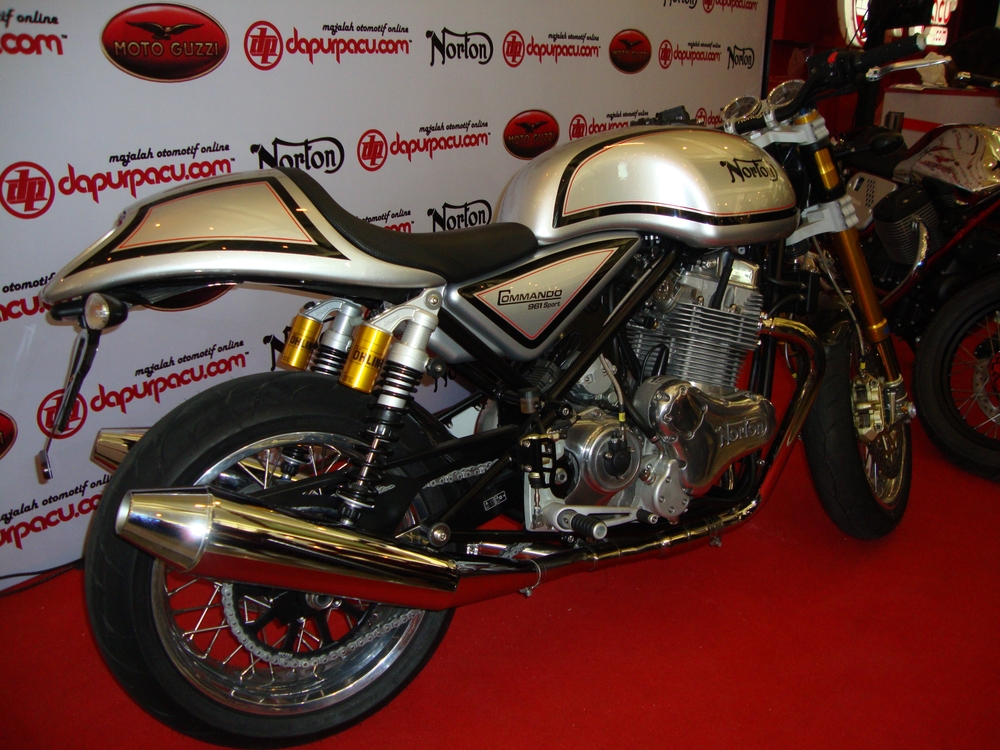
The revived Norton Commando 961 tried to capitalize on nostalgia for the iconic British brand. While it had the retro looks and a promising platform, the bike was plagued by quality control issues and mechanical failures. Early models suffered from unreliable electronics and oil leaks, which damaged the brand’s reputation. Despite the strong name recognition, the 961 failed to live up to the high expectations set by Norton’s legacy.
Triumph Rocket III
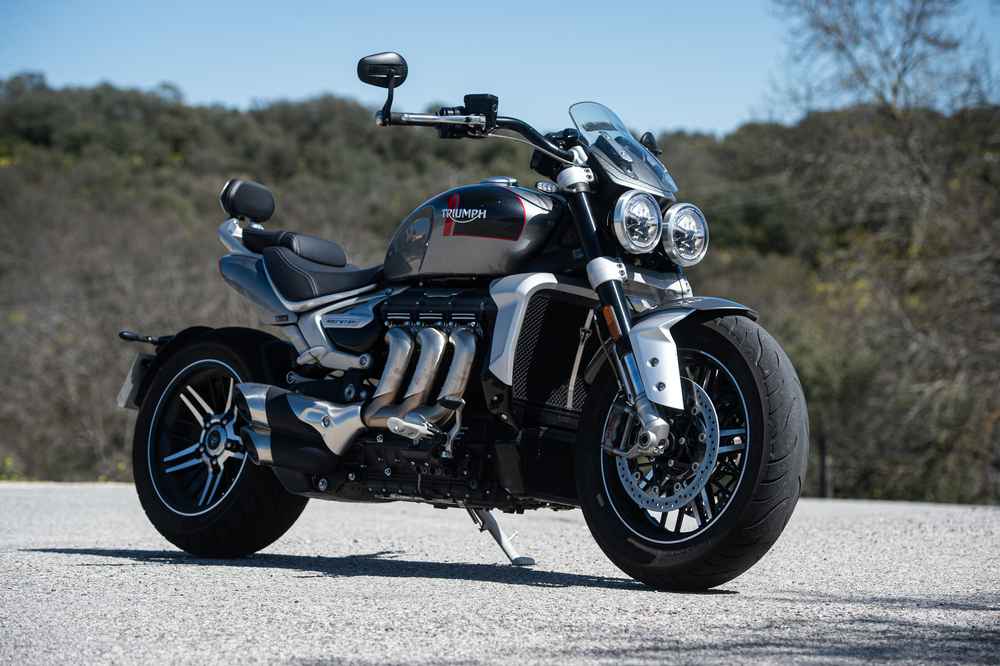
The Triumph Rocket III was a massive cruiser boasting the largest engine ever fitted to a production motorcycle, but its sheer size turned out to be more of a hindrance than a selling point. While it had impressive torque and performance, its cumbersome weight and intimidating dimensions made it impractical for many riders. The Rocket III struggled to fit into a specific category, failing to capture the market attention Triumph had hoped for despite its mechanical prowess.
Victory Vision
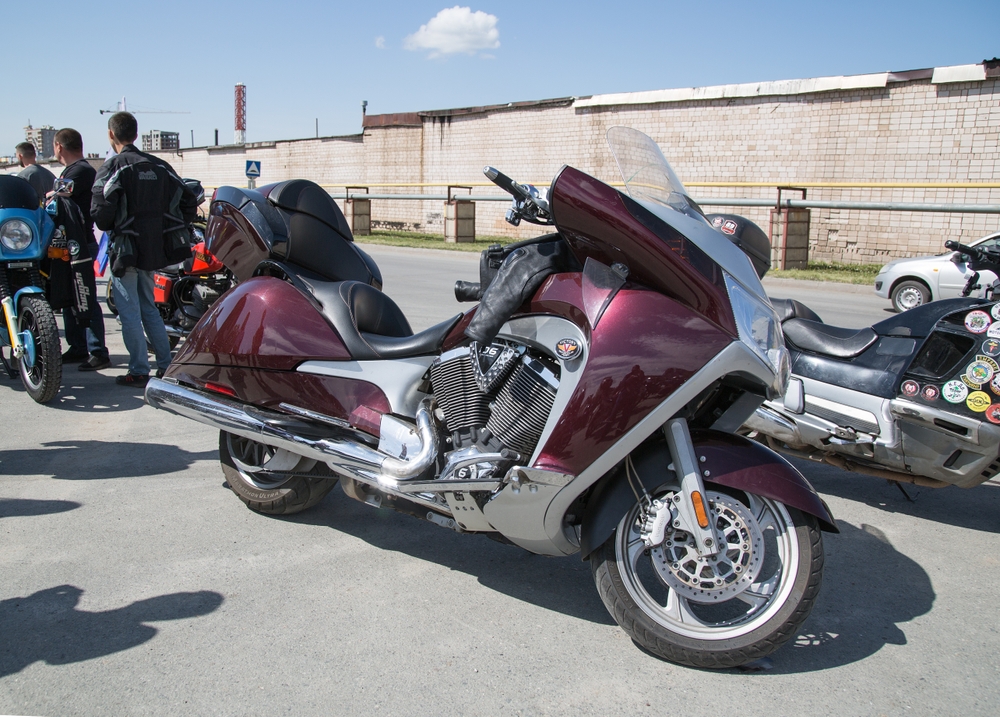
The Victory Vision was an attempt to create a futuristic, luxury touring motorcycle to compete with Harley-Davidson and Honda Goldwing. While its bold, unconventional design was meant to stand out, it alienated more traditional riders who preferred classic cruiser aesthetics. The bike also suffered from being overly heavy, and its polarizing look made it difficult to find a dedicated audience. Despite its advanced features, it never achieved the sales success Victory had hoped for.
Suzuki RE5
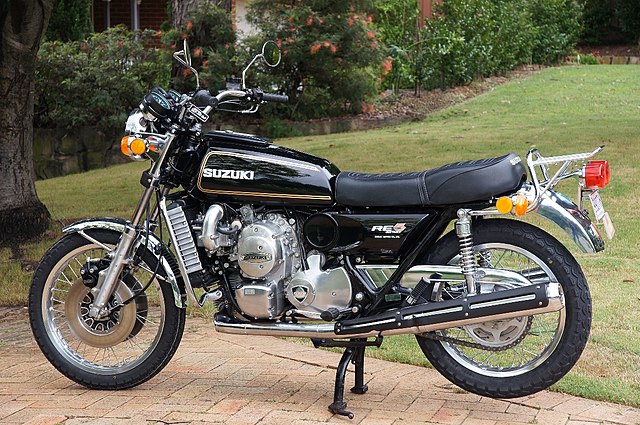
The Suzuki RE5 was an experimental bike featuring a rotary engine, designed to push the boundaries of motorcycle engineering. While innovative, the rotary engine proved to be its downfall. The RE5’s complex mechanics and underwhelming performance, combined with poor fuel economy, made it impractical for most riders. Additionally, its heavy weight and unconventional styling didn’t attract mainstream buyers, causing it to fade into obscurity.
Harley-Davidson XR1200
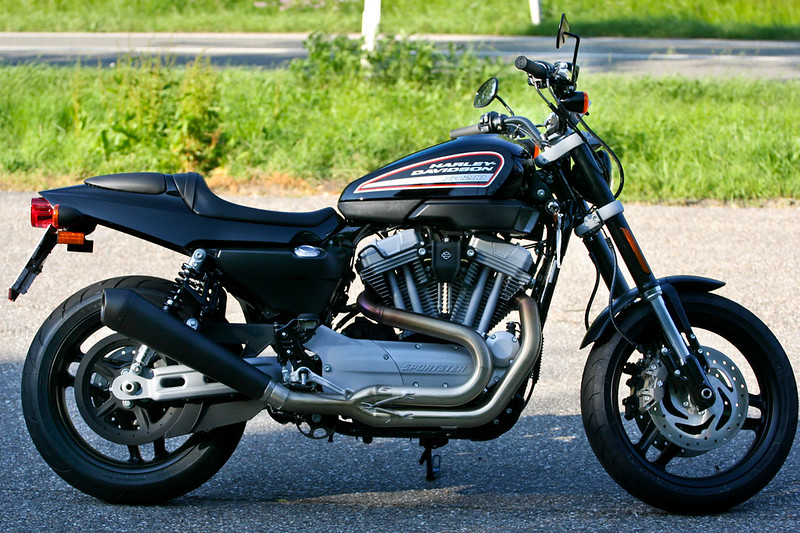
The XR1200 was Harley’s attempt to create a sportier model with more European appeal. However, its heavier weight and lack of cutting-edge performance meant it couldn’t compete with lighter, more nimble European and Japanese sportbikes. Despite being based on the iconic XR flat-track racers, it failed to capture the imagination of the sportbike crowd, and its price tag pushed it out of reach for many casual riders.
This article originally appeared on MyCarMakesNoise.
More from MyCarMakesNoise
20 Wallet-Friendly Off-Roaders Built for Tough Terrain

You don’t have to break the bank to get a capable off-roader. Many affordable vehicles offer excellent off-road performance and can tackle challenging terrains with ease. Read More.
10 Auto Loan Myths You Need to Stop Believing

Navigating the world of auto financing can be tricky, especially with so many myths and misconceptions floating around. Whether you’re a first-time buyer or considering your next vehicle, understanding what’s true and what’s not can save you time and money. Read More.
20 Reliable Vehicles Designed to Go Over 250,000 Miles

When it comes to choosing a car, reliability and longevity are key. Some vehicles are built to last, running smoothly for over 250,000 miles with proper maintenance. Read More.

